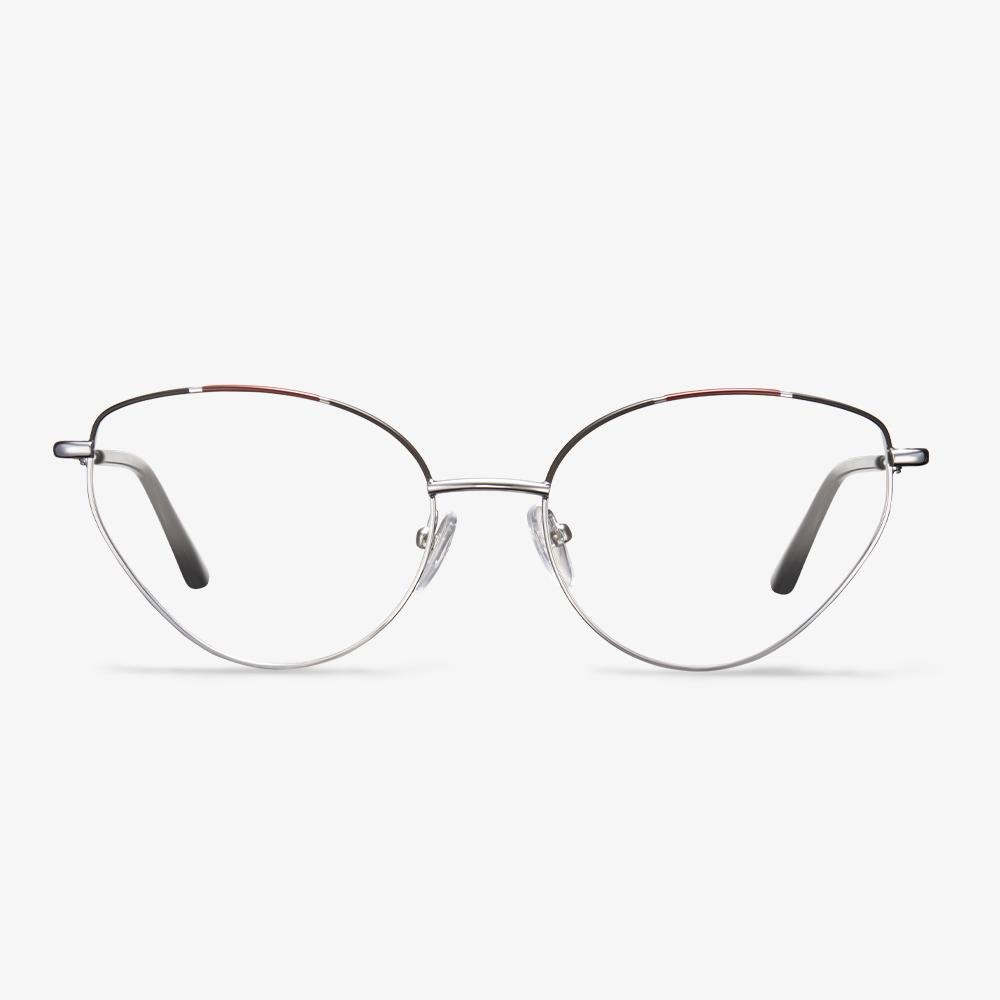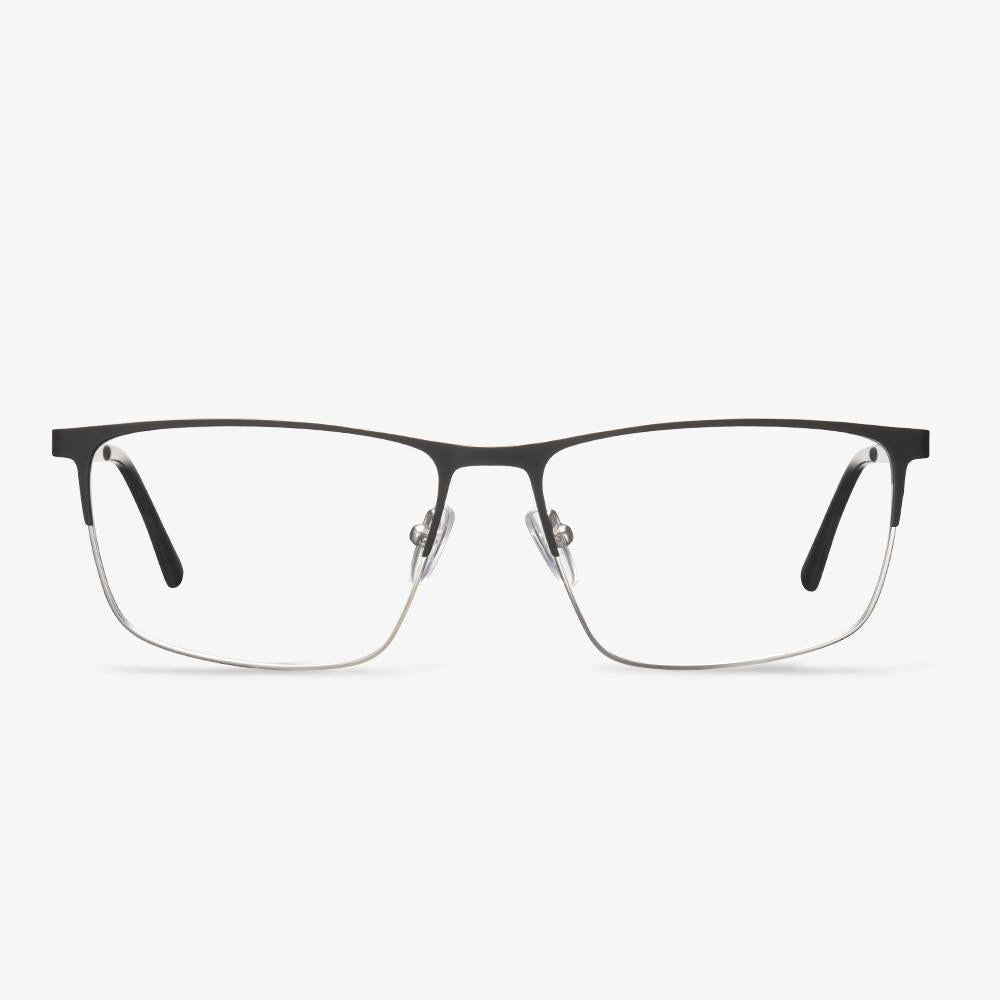Why you should be careful when choosing blue-light-blocking glasses?
Prices of blue light blocking glasses in the market now range from 200 to 300 yuan to several thousand yuan. According to the report, current eyewear standards do not prescribe the effects of blue-resistant lenses, and consumers are advised to choose blue-resistant lenses with caution. It is recommended that people with specific eye diseases such as macular disease, age-related macular degeneration, macular hole, and diabetic fundus lesions should choose anti-blue light glasses according to the advice of an ophthalmologist.
Titanium alloys have low thermal elasticity
The thermal conductivity of titanium is about 1/4 of nickel, 1/5 of iron, 1/14 of aluminum, and the thermal conductivity of different titanium alloys is about 50% lower than that of titanium.
The elastic modulus of titanium alloy is about 1/2 that of steel, so its rigidity is poor and is easy to deform, and it is not suitable to make slender rods and thin wall parts. When cutting, the spring back of the processing surface is very large, about 2 ~ 3 times of stainless steel, resulting in severe friction, adhesion, and bonding wear of the knife surface.
The round frames VS square frames
In choosing frame respect, be about to choose according to the face shape of oneself. Circular frames show that the facial ministry line is downier fruity, so they can show young affinity feeling. Contrary, square picture frames, can increase facial ministry line feeling, making facial features relatively mature. If you have a square face, go for round glasses, which will flatter your face and make it less sharp. If you have a round face, go for square glasses, which will make your face less round.
The Identification of the Quality
The frame that has good elasticity is usually of better quality. The frame that has a smooth and shiny coating is better in quality. If the solder joint is smooth, small, and uniform, the quality is better. The parts of the sunglasses are assembled closely. The size and shape of the left and right lens must be the same, and the bridge of the nose must be symmetrical.
Production technology of progressive lenses
In addition to the evolution in design, the production technology of progressive lenses is also constantly improving: the most representative one is the free-form technology. The emergence of free-form surface technology makes the production more flexible and rapid and can realize a more personalized design. For now, progressive lens design is done on the inside surface of the lens by a computer-controlled lathe, as if a master engraver could carve a piece of stone into a work of art.
How to Get Used to Progressive Lenses?
It is common that your vision may change when you are over age 40. You can find it is happening when have to hold your favorite book, the daily newspaper, or a restaurant menu farther away just to read it. This is an eye condition called presbyopia. It is normal and almost all of us get it as we reach middle age.
This eye condition often can be corrected by progressive lenses which allow you to see objects from far to near clearly. With progressive lenses, you do not have to switch your glasses to see far or near objects frequently.
However, since progressive glasses have three different prescriptions in one lens, it may be difficult for some people to adapt to the new ones. So, in this post, we will show you how to get used to progressive lenses.
What is a photochromic lens?
Photochromic lenses are lenses that become dark when exposed to a particular wavelength of light (usually ultraviolet light), but return to their original transmittance and become clear when no longer illuminated by the light source. Photochromic lenses can be made of glass or resin. The discoloration effect is caused by silver chloride or other halides added to the lens, which are transparent to visible light when not irradiated by ultraviolet light. When irradiated by ultraviolet light, chemical reactions will occur, which will absorb part of the visible light and make the lens show dark. The chemical reaction is reversible, so the lens returns to its original transparent state when it is no longer exposed to UV light.











































